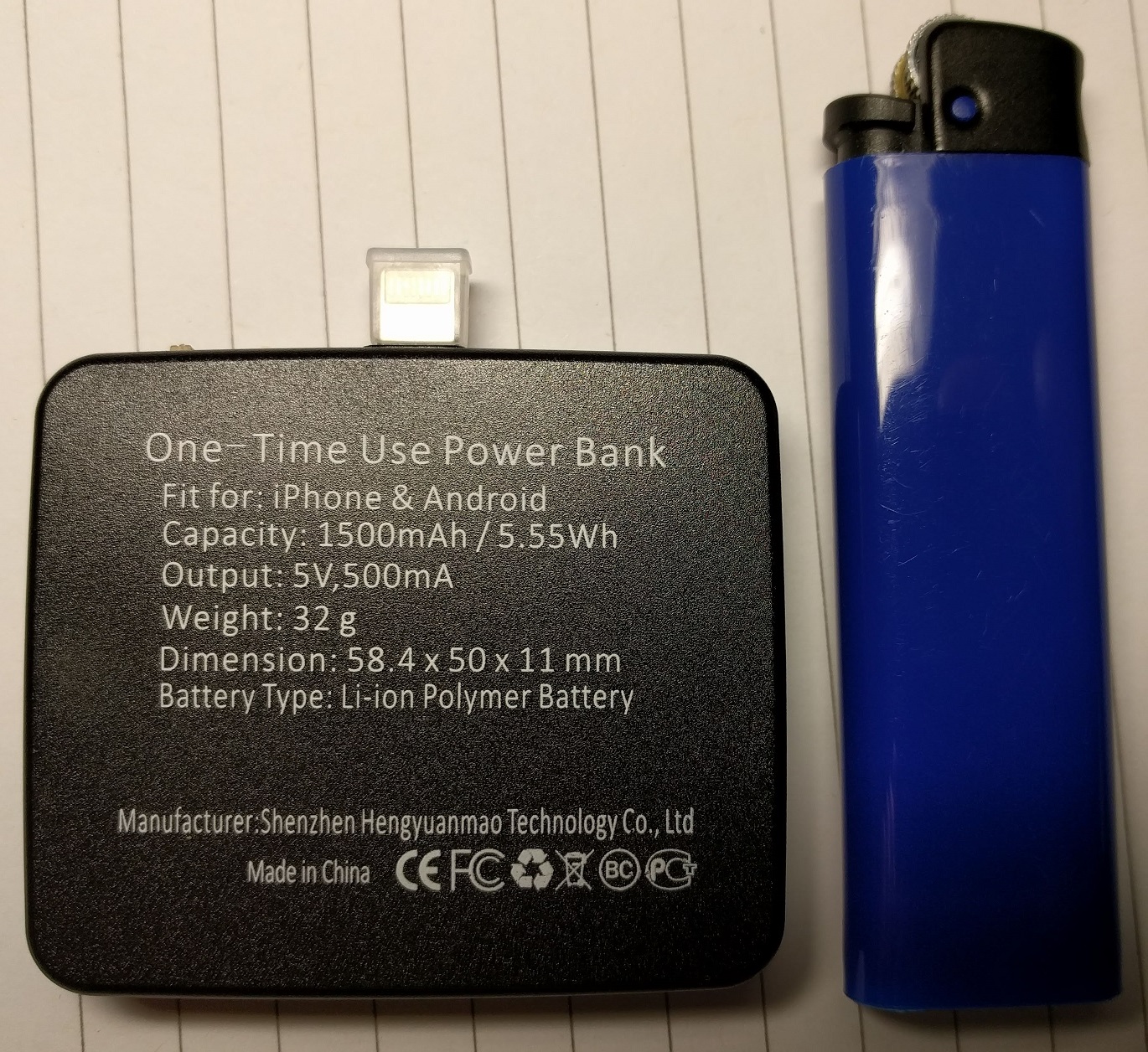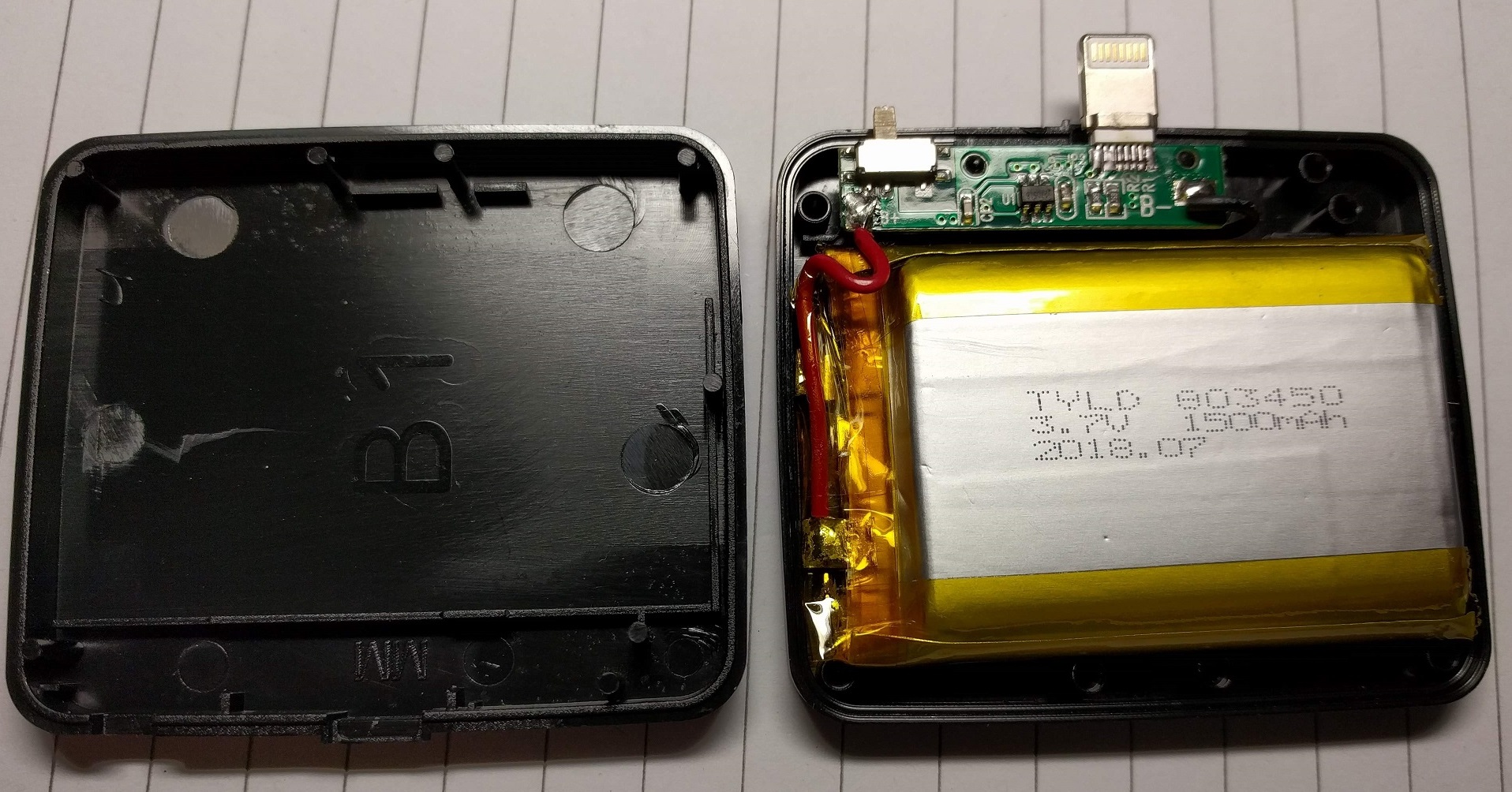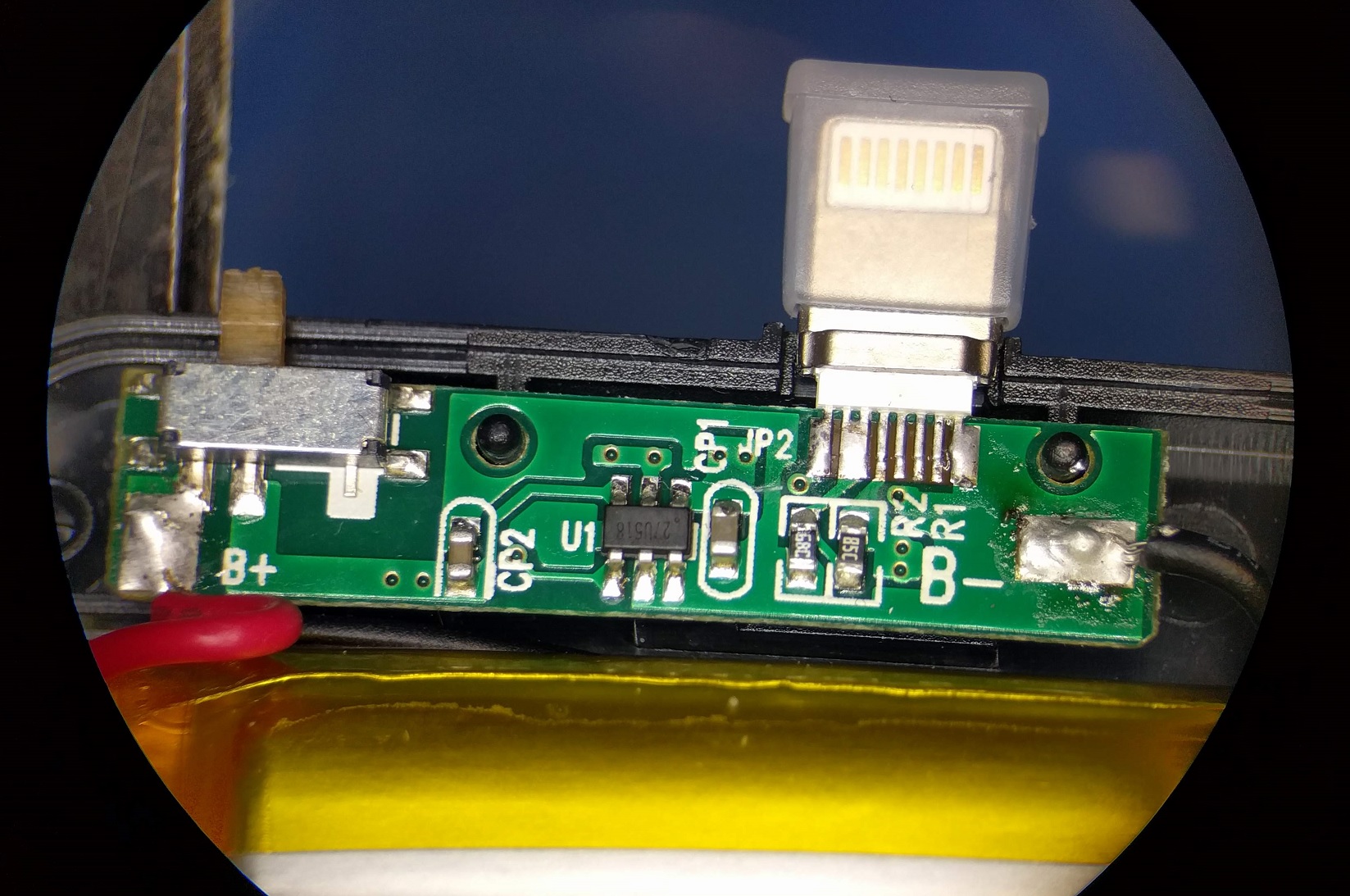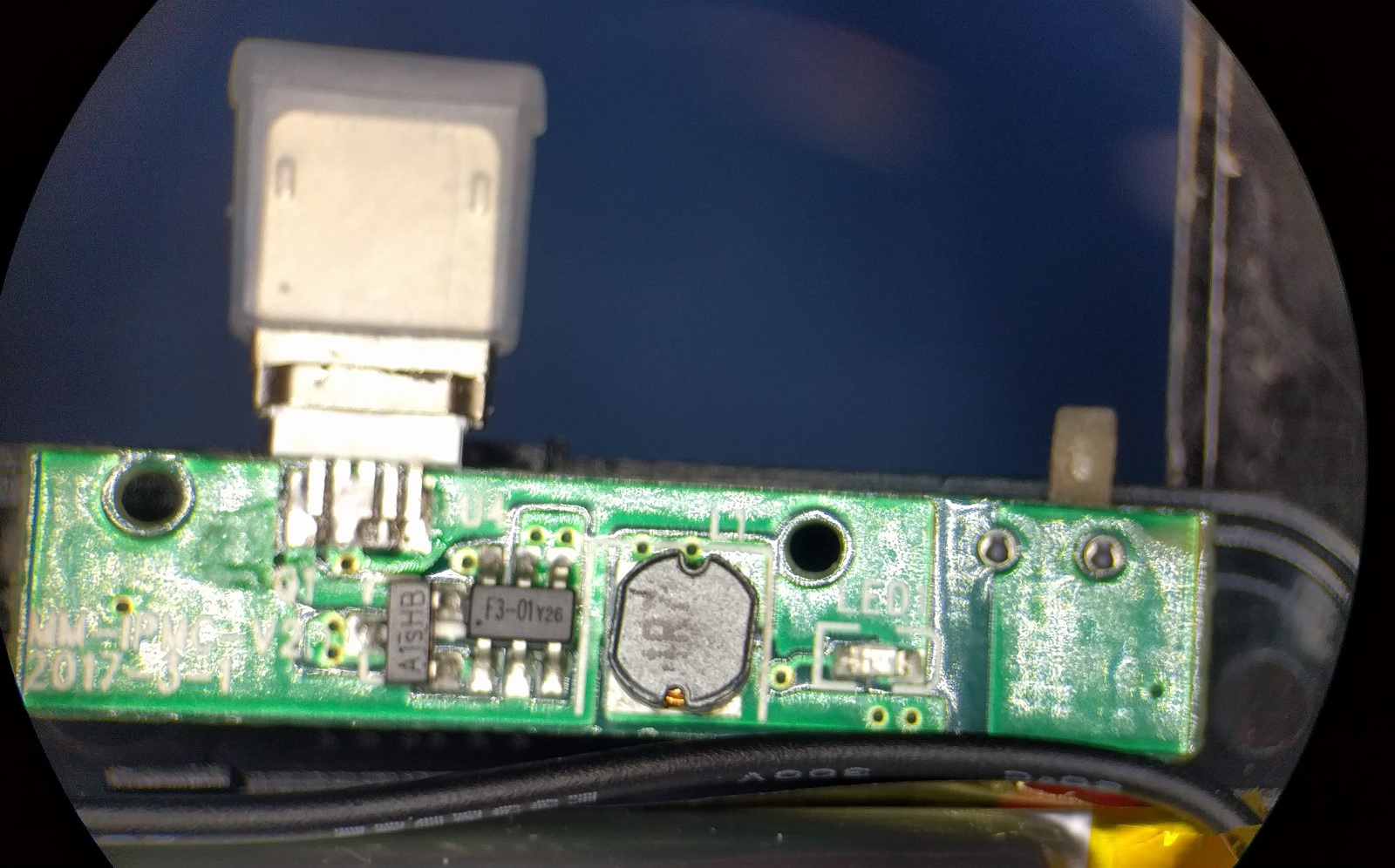Disposable chargers. Why do we need it?

I was prompted to write this short note by this fantastic invention of an unknown Chinese genius.
The purpose of the whole note is to tell what devices are on the market, what you can get in them and who may need it.
I want to believe that a certain percentage of readers will think twice before buying such a product. In addition, some readers will know where to find specific components in case of emergency.

It will be such a small external charger for the phone. As it turned out, such disposable chargers are very popular on the network (you can find $ 2 apiece). Moreover, gradually penetrate into retail.
At first, the idea itself struck me. If you believe the information from the hull, this device is similar to a car with a sealed tank of 15 liters - it is assumed that the car is exhausted to exhaust fuel supplies.
To make such a device is like taking away a clean river from your child in front of the house for the opportunity to take a sip of water now.
To use such a device is like thinking in the style of Marie Antoinette: “If someone on the planet has a bad environment, let them fly away and colonize with a good one!”
And in this whole story, I was touched not only by the scornful attitude towards ecology, but also by the attitude towards technology.

See for yourself: the bank hides a 1500 mAh battery, a motherboard with a boost converter and a combined Lightning + Micro USB connector. All this is supposed to be thrown away after a single use.
To exacerbate feelings a little, it can be noted that the battery can be recharged an average of 500 times. Thus, buying this device, the user exhausts the resource only 1/500 of the possible, and throwing out - removes from circulation a certain amount of lithium, which is unlikely to return to circulation in the next 100 years.
Running a little ahead, I want to confirm that this is really a battery and the compliance of the declared capacity was checked using the HYPERION EOS 0606i charger (the battery could withstand two cycles of discharge without noticeable loss of capacity).
Secondly, I was surprised by the converter board. This is not to say that the circuitry of the board is simple: there is a Li-Ion battery protection chip against overdischarge and overcharging (DW01-P), a kind of boost converter, a switch and a connector. And all this in 2 chips on the board with an area of about 1 square centimeter:
View from the front of the printed circuit board

View from the back of the printed circuit board

After spending two hours searching for the name of the chip on the Chinese component sites, a second bottom opened.
Surprisingly, the discovery turned out to be positive: the applied chip (HT4927U, in the center of the front side of the board) can charge the batteries! The documentation is in Chinese, but the online translators do this: charging requires you to apply 5v to the same connector from which the bank provides voltage. The logic is as follows: every 2 seconds, the microcircuit turns off the boost converter, and checks that there is voltage at the input. If it is, it starts charging from it.
But the problem is that the average user will not be able to take advantage of this opportunity - there is no input connector on the board, and it’s almost impossible to send 5V to the output. Moreover, there is an empty space in the case where you can place a connector for connecting a conventional Micro-USB cable. But, apparently, selling such chargers will become more difficult. Thus, for regular users, the device really turns out to be disposable.
As a result, a full-fledged powerbank, with high-tech components (for example, the operating frequency of the upconverter: 1MHz) has 95% of the necessary mechanisms for repeated use, but does not have a single connector, which destroys the possibility of further use irreversibly. Such decisions are obviously not made for the sake of cheapening, but for economic gain.
For all these reasons, there are two ways to offer:
If you cannot reuse the contents:
try to avoid these products. If you had to - do not throw it away, give it to a techie friend and show this article. Ideally, you get an adapter for charging, but most likely the battery will be used in an arbitrary DIY solution.
If you can reuse the contents:
now you know where to get li-ion batteries with a protection circuit and a charger in a compact case. For non-intrusive charging, a USB Micro-B Connector Breakout Board or similar solderable connector is required. If you have friends who use such chargers, you can provide yourself with an inexhaustible flow of working batteries.
I hope this article will not be useless, and the reader will think about the idea of our “one-off” world.
